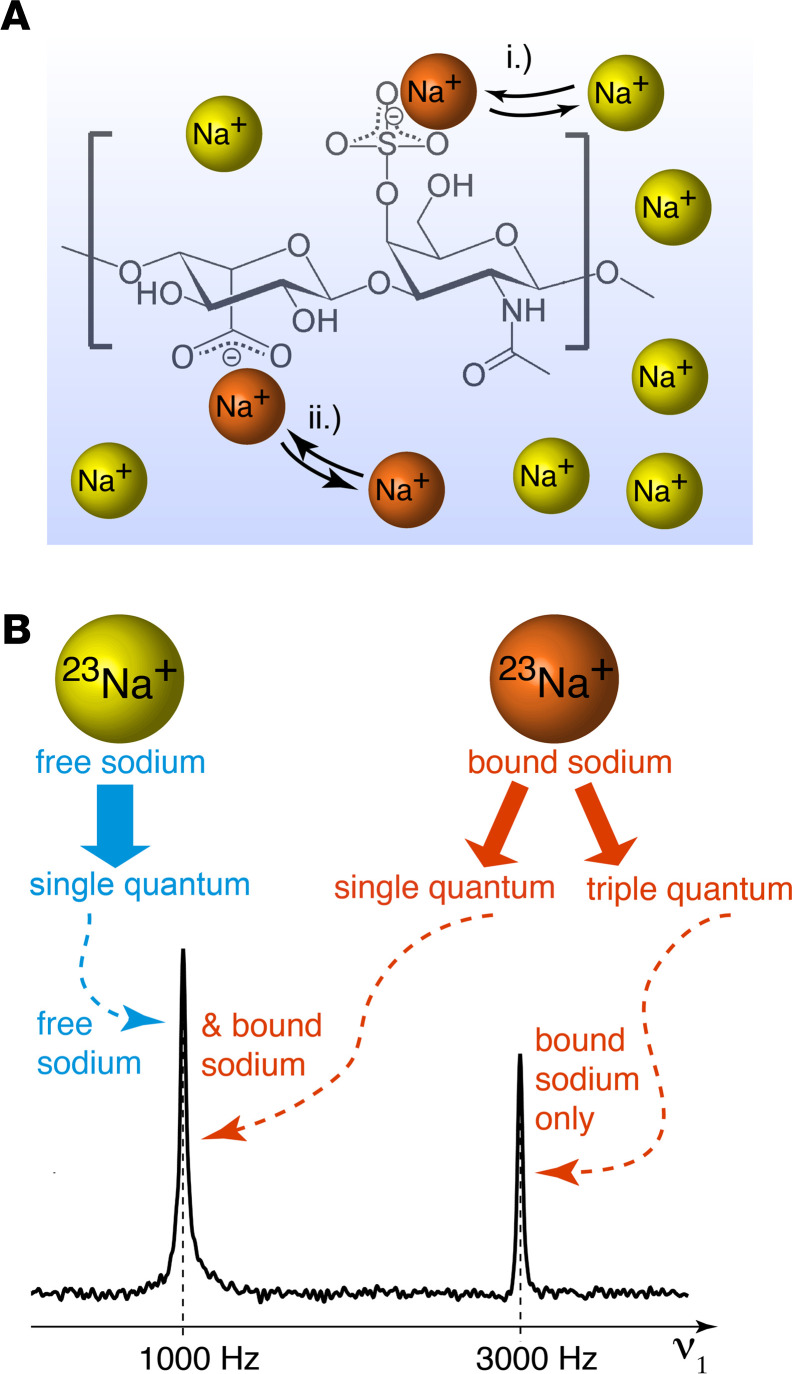Figure 1. Concept of identification of bound-state sodium ions through TQF 23Na MRI and TQ-TPPI 23Na MR Spectroscopy.
(A) Possible interactions of sodium ions (23Na+) with electro-negative sites of a glycosaminoglycan (GAG), such as dermatan sulphate. Yellow indicates dissolved (i.e., free) sodium ions; orange indicates 23Na+ in a bound or temporary bound state with the macromolecule. (B) Analogous to clinical and preclinical 1H MRI, 23Na MRI generates and detects single quantum coherence. However, the physical property of the 23Na nuclei also enables temporary generation of a TQ coherence through specific MR protocols if the sodium is bound to a slow motional molecular environment. Both, TQ-TPPI spectroscopy (shown here) and TQF MRI utilize the different properties of single quantum (SQ) and triple quantum (TQ) coherence for the differentiation between slowly moving bound sodium and rapidly moving free sodium ions.

